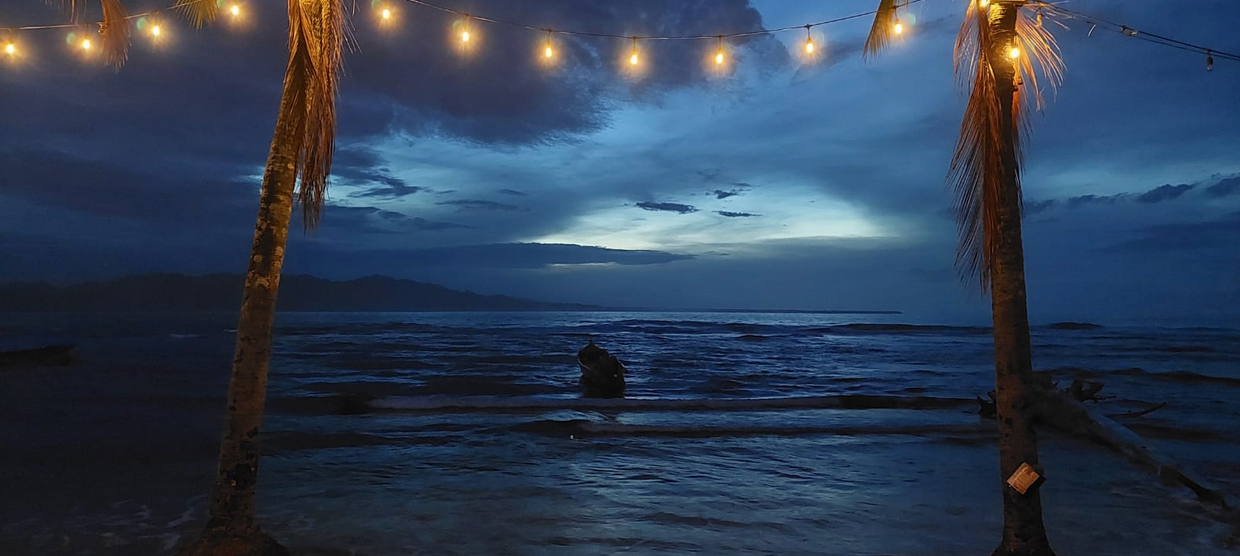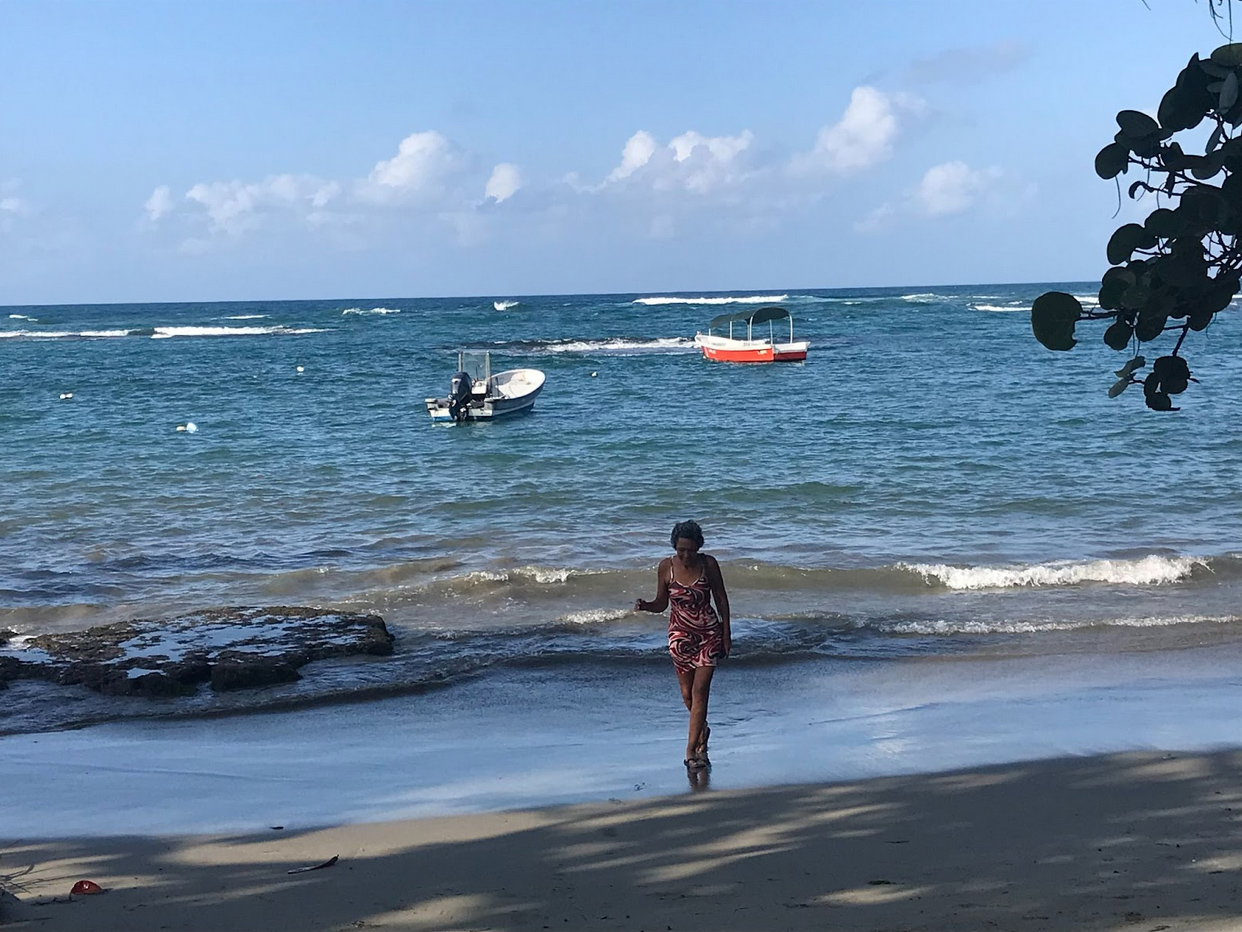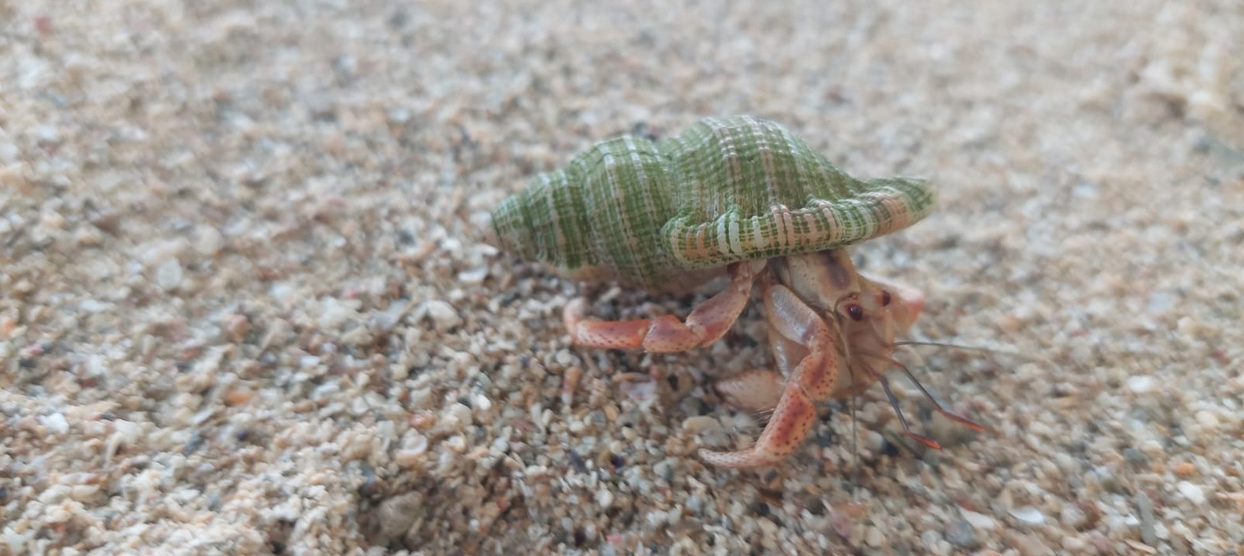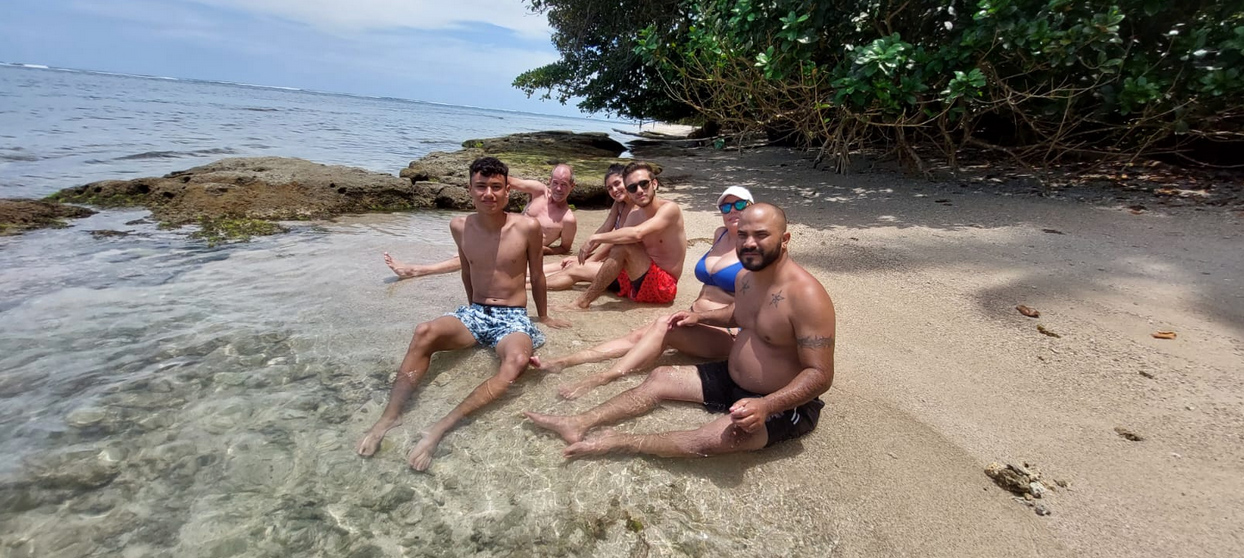Why the South Caribbean is Costa Rica’s Greatest Region

For those who have traveled anywhere else in Costa Rica, coming to the Caribbean is like being transported to an exotic new country.
The jungle is denser, lusher, greener, encroaching on populated places everywhere like it plans to swallow them whole. The ocean is bluer, the water clearer, the beaches more spectacular, and the mercurial skies turn at a whim from bright blue to turbulent and stormy.
The wildlife is intense, the cacophony of tropical birds, bugs, geckos and frogs like an otherworldly orchestra that’s always playing in the background.
The human tableau is also delightfully diverse, mixing Afro-Caribbean, indigenous, European and North American populations into a demographic mix that occurs nowhere else in this country.

Stroll through Puerto Viejo, the cultural capital of the Caribbean coast, and you’ll be charmed by the look, pace and feel of a seaside village at the edge of the world.
Old-fashioned buildings painted in bright pastels remind you of classic Caribbean architecture from places like Belize. And of course reggae music is playing on every corner: “Everything is going to be all right….”

Most people in town get around by walking, though there are plenty of bicycles, and a string of cars, trucks and tuk-tuks is always negotiating the narrow main street.
Tourists walk around in bikinis and board shorts, waitresses wear shorts and flip-flops, and plenty of old-timers wear reggae hats and dreadlocks. You see a lot of people working (at their own pace), others just exploring the streets, and some just sitting around watching the world go by.
Puerto Viejo (known long ago as Old Harbour) is a warren of restaurants, shops, small hotels, tour agencies, cafes, bakeries and bars. It would be hard to find any business in this town that doesn’t depend in some way on tourism, which of course is the linchpin of the economy.

The beach at Puerto Viejo itself is not the most famous on this coast, yet it’s still a popular spot for tourists and Tico families to sit in the shade of a palm tree or frolic in the waves. There are a few shipwrecked boats near shore that people are welcome to climb aboard and jump off.
The sand is often interrupted by flat, rocky reef, which is not something you want to explore barefoot, but it adds to the visual appeal of the seascape. Shady trees thrive along the beach, not just here but on virtually the entire Caribbean coast.
The most picturesque are long but thin palm trees bursting with orange coconuts, which lean longingly toward the ocean, as if their coconut ancestors floated here from Africa and now they want to float back.
What’s beyond Puerto Viejo
Take a drive (or a bike ride) southeast of Puerto Viejo and you come to Playa Cocles, a long, pristine stretch of sand right next to the highway. This allows you to pull off the road, park the car easily, and you’re on the beach — no trek required. A town called Cocles has grown up around this beach, mostly along the highway, though there are homes and lodging options scattered all through the mountains behind town.
Punta Uva is arguably the most beautiful beach in Costa Rica’s south Caribbean. Located in a smallish cove, it has rocky points to the west and east that cradle a cauldron of crashing waves. Walk to the east end of the beach and you’ll find a huge vertical wall of solid stone.

Venture into the light green water, and the waves will warn you not to go too deep. But you can stand in waist-deep surf and still experience the thrill and hilarity of the walls of water trying to knock you down.

The last town on this coast is Manzanillo, and it’s easily the most traditional, non-touristy Caribbean-style village here. You’ll find a few restaurants, shops and hotels, and there are concrete tables and benches on the beach where you can have a beer or a bite to eat.

This town is the gateway to Gandoca-Manzanillo National Wildlife Refuge. This is a national park in all but name, protecting 740 acres (3 sq. km) of humid tropical rainforest and mangrove swamps. No development is allowed here, though there is excellent hiking on shady trails next to the beach.
On the other side of this park is the Sixaola River, which is the border with Panama. Since there are no roads through the park, you’d have to backtrack from Manzanillo to find the road to the border crossing at the town of Sixaola. This effectively makes the town of Manzanillo a big cul-de-sac with no through traffic — literally the end of the road.
What’s north of Puerto Viejo
We started this story in the middle of the map (Puerto Viejo), but while you’re in the neighborhood, there are some gems north of there that shouldn’t be missed.
Playa Negra is a long, black beach just to the northwest of Puerto Viejo, starting at the one-lane bridge into town. The main highway runs parallel to the beach for one kilometer before turning inland, and there are many homes and businesses along this waterfront.

But after the highway turns west, there’s a quick right into a big neighborhood called Playa Negra. Best known for the excellent Hotel Banana Azul, this neighborhood is full of private homes, vacation rentals and mini-hotels.

Four kilometers from this turn-off is Hone Creek, an un-touristy town where many working Ticos live, and home to the only gas station south of Penshurt. There is a great grocery story here called the Super Negro (there’s another in Cocles), but there are several rivals, plus an assortment of hardware stores, pharmacies and other shops that cater mostly to locals.
Ten minutes north of Hone Creek, Cahuita could be considered the crown jewel of natural attractions on this coast. Cahuita National Park is a long, thin protected area between the highway and the ocean, with a shady 6-mile trail right next to the beach. The abundant wildlife here includes monkeys, sloths, raccoons, lizards, snakes and spiders.

You can walk into the park from two directions, from the town of Cahuita in the north or from Puerto Vargas in the south. The northern access is better because the trail immediately starts following the beach, while in the south there are long boardwalks through swampy areas.
You can ask people who’ve been everywhere in Costa Rica, and many will tell you that the south Caribbean is by far the most beautiful place in this country.
The density of the jungle is unparalleled, and the foliage is so healthy that seemingly every leaf on every tree is bright green.
The howler monkeys howl all night, tropical birds raise a racket at first light, but as soon as the sun rises on the Caribbean, you know everything is going to be all right.
_____
Karl Kahler is a writer, editor and translator who lives in Costa Rica’s south Caribbean. He is the author of “Frommer’s Costa Rica 2017,” and he was previously travel editor of the Tico Times and national editor of California’s San Jose Mercury News.




